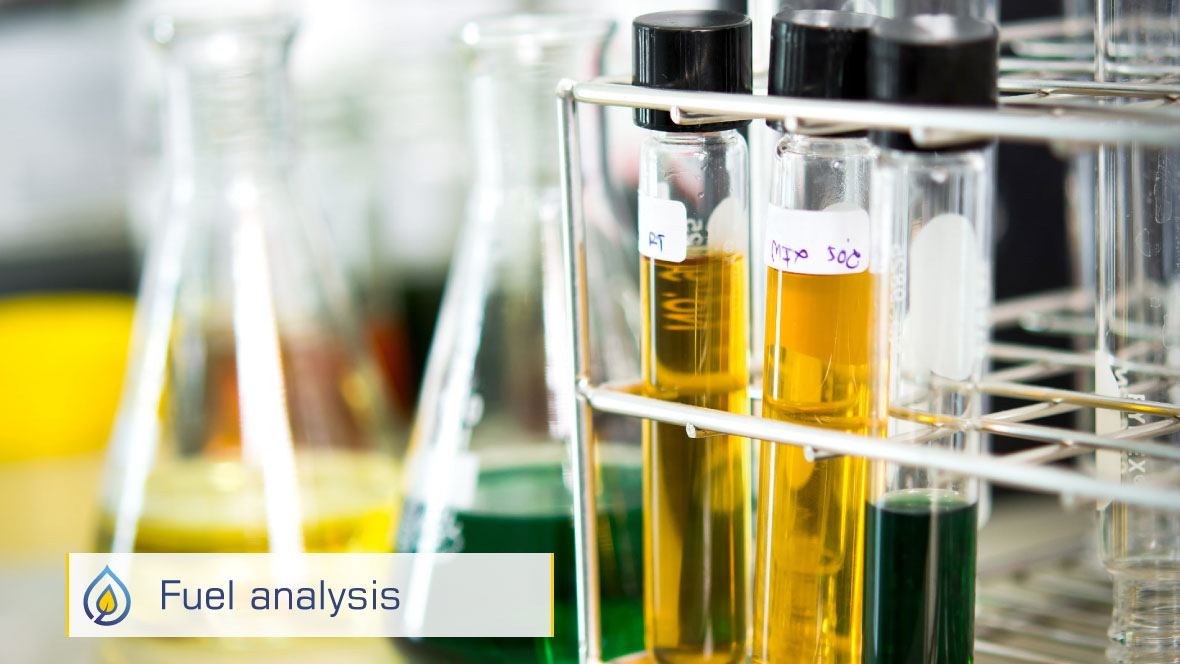In March 2023, the independent and accredited laboratory SGS received a sample of diesel oil supplied by the fuel supplier SG Énergie, established in Quebec City, Canada.
The laboratory analyzed the regular fuel, then treated a sample with XBEE Enzyme Fuel Technology at the advised ratio of 4,000:1. This additized sample was stored for a few weeks in order to simulate storage, and was finally analyzed according to the Canadian standard CAN/ CGSB-3.51-2020.
According to the assistant to the head of the Laboratory Alexandra Cosquer :
“The analyzed characteristics comply with the specifications.”




